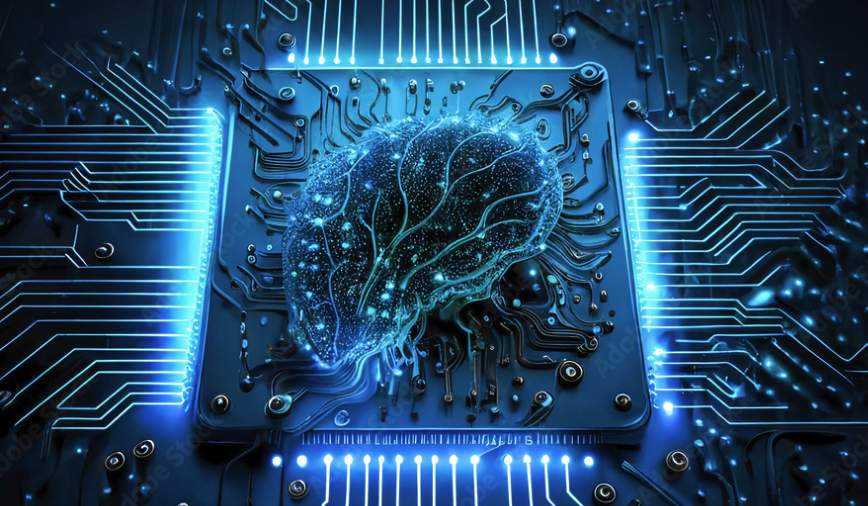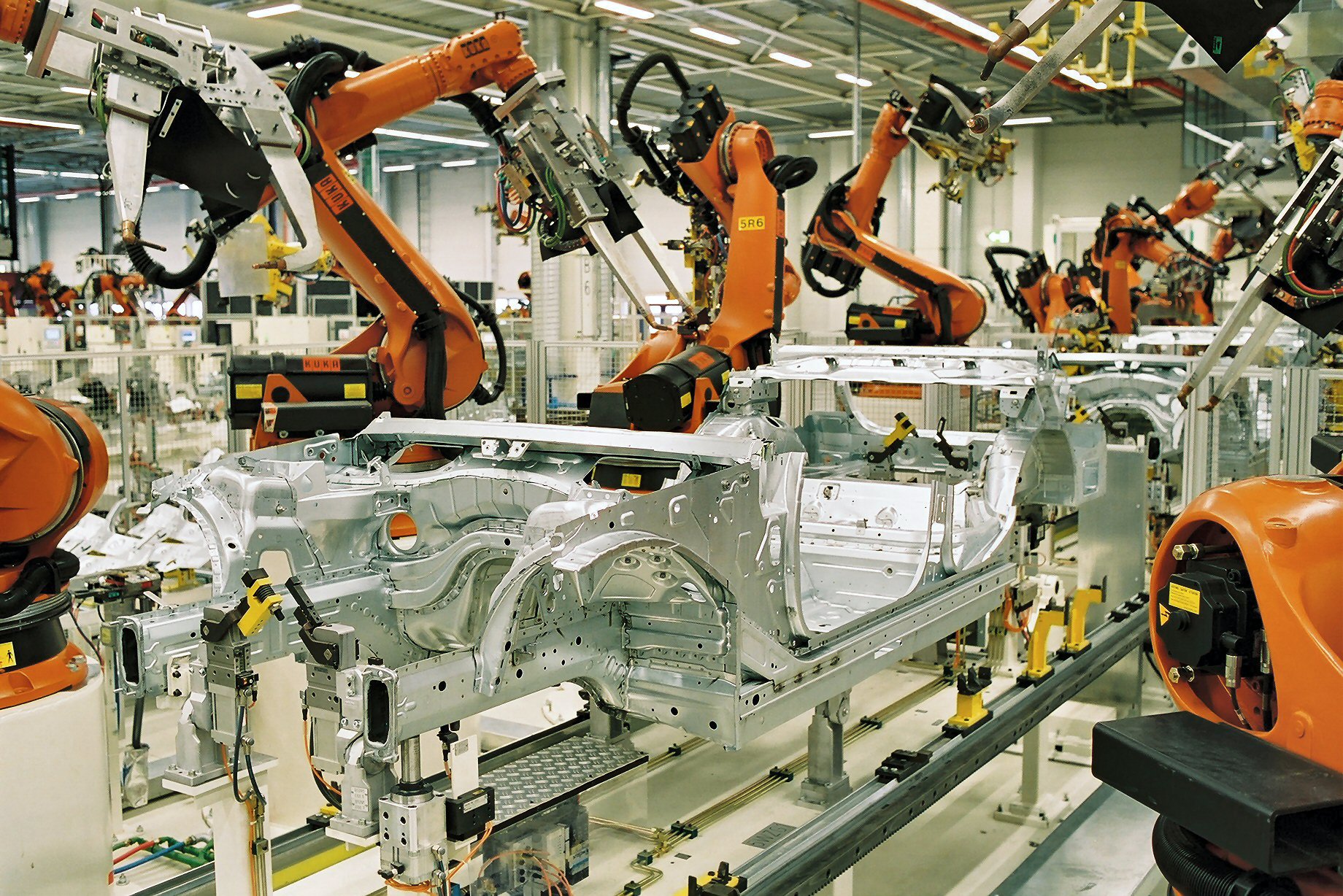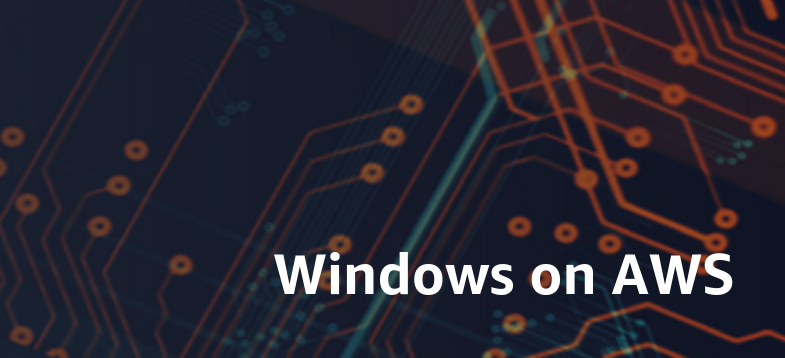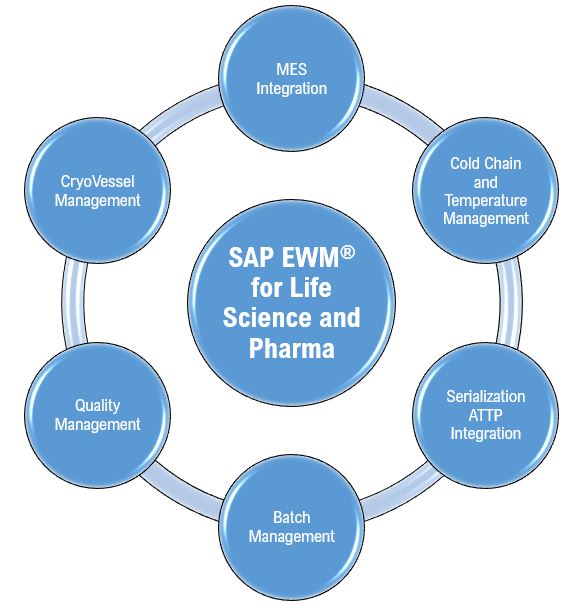From Breakthrough to Optimization – How Transformers Overcame Their Limits
In our first chapter, we explored the fundamental architecture that revolutionized AI: the transformer. We saw how attention mechanisms, positional encodings, and feed-forward networks work together to create models that truly understand language. But understanding the basic architecture is only the beginning of the story.
What happened next reveals one of the most important lessons in AI development: the initial breakthrough is just the starting point. Every component we explored—from attention mechanisms to positional encoding—faced real-world limitations that seemed insurmountable. The story of how researchers overcame these challenges is not just a technical tale; it’s the story of how modern AI became practical, efficient, and powerful enough to transform entire industries.
The Masking Mystery – How Decoders Learn Language Patterns
Before we dive into the optimizations, let’s understand a crucial aspect of how transformers actually learn. The secret lies in a technique called causal masking—and understanding it reveals why autoregressive language generation works so well.
The Fundamental Challenge
When training a language model, we want it to learn: “Given the beginning of a sentence, predict what comes next.” But there’s a subtle problem: if we show the model the complete sentence “The cat sat on the mat,” it might just memorize this exact sequence rather than learning general language patterns.
Causal Masking: Teaching Honest Prediction
During training, transformer decoders use causal masking (also called “look-ahead masking”) to prevent this cheating. Here’s how it works:
Training Example: “The cat sat on the mat”
- Predicting “cat”: Model only sees “The” → learns to predict “cat”
- Predicting “sat”: Model only sees “The cat” → learns to predict “sat”
- Predicting “on”: Model only sees “The cat sat” → learns to predict “on”
- And so on…
The Mathematical Implementation
The masking creates a triangular attention pattern in the attention matrix:
T h e c a t s a t
+—-+—-+—-+—-+—-+—-+—-+—-+—-+
T | 1 | O | O | O | O | O | O | O | O |
+—-+—-+—-+—-+—-+—-+—-+—-+—-+
h | 1 | 1 | O | O | O | O | O | O | O |
+—-+—-+—-+—-+—-+—-+—-+—-+—-+
e | 1 | 1 | 1 | O | O | O | O | O | O |
+—-+—-+—-+—-+—-+—-+—-+—-+—-+
c | 1 | 1 | 1 | 1 | O | O | O | O | O |
+—-+—-+—-+—-+—-+—-+—-+—-+—-+
a | 1 | 1 | 1 | 1 | 1 | O | O | O | O |
+—-+—-+—-+—-+—-+—-+—-+—-+—-+
t | 1 | 1 | 1 | 1 | 1 | 1 | O | O | O |
+—-+—-+—-+—-+—-+—-+—-+—-+—-+
s | 1 | 1 | 1 | 1 | 1 | 1 | 1 | O | O |
+—-+—-+—-+—-+—-+—-+—-+—-+—-+
a | 1 | 1 | 1 | 1 | 1 | 1 | 1 | 1 | O |
+—-+—-+—-+—-+—-+—-+—-+—-+—-+
t | 1 | 1 | 1 | 1 | 1 | 1 | 1 | 1 | 1 |
+—-+—-+—-+—-+—-+—-+—-+—-+—-+
Implementation: Masked positions get filled with negative infinity (-∞) before the softmax, ensuring they contribute zero attention:
masked_scores = torch.where(mask == 0, torch.tensor(-float(‘inf’)), attention_scores)
attention_weights = F.softmax(masked_scores, dim=-1)
Why This Creates Powerful Language Models?
- Genuine Pattern Learning: The model can’t memorize—it must learn actual language rules
- Generalization: Patterns learned on training data apply to new, unseen text
- Incremental Complexity: The model learns to handle increasingly complex dependencies
- Parallel Training: Despite sequential prediction, training can happen in parallel across all positions
This masking strategy is why autoregressive models like GPT can generate coherent, contextually appropriate text that flows naturally from left to right—they’ve learned genuine sequential patterns rather than just memorizing templates.
The Scaling Crisis – When Success Becomes a Problem
As transformers proved their worth, a fundamental limitation emerged that threatened to halt progress entirely: quadratic computational complexity.The computational cost of self-attention scales quadratically with input sequence size, assuming the Strong Exponential Time Hypothesis holds true. [4]. Processing a sentence with N words requires N² attention calculations.
The Mathematics of the Problem
For a 1,000-word document:
- Attention calculations: 1,000² = 1,000,000 per attention head
- With 12 heads: 12,000,000 calculations
- Double the length → 4× the computation
- Triple the length → 9× the computation
Real-World Impact
- Memory Crisis: KV (key-value) cache memory requirements grew exponentially
- Context Limitations: Most models were limited to 2K-4K tokens
- Infrastructure Costs: Processing long documents became prohibitively expensive
- Latency Issues: Real-time applications suffered from slow processing
This becomes problematic when tasks demand comprehensive contextual understanding. Additionally, regional attention mechanisms maintain O(n²) complexity relative to window size, creating an additional hyperparameter that balances accuracy against computational cost.[6].
This wasn’t just an engineering challenge—it was a mathematical constraint that fundamentally limited what AI could accomplish.
The Context Length Revolution – Solving the Quadratic Problem
The AI community refused to accept these limitations. The context length problem wasn’t just about efficiency—it was about unlocking entirely new capabilities that would transform how AI systems work with human-scale documents and conversations.
The Real Issue: Why Context Length Matters
Concrete Examples of the Problem:
- Legal Documents: A typical contract (10,000 words) required 100 million attention calculations per head
- Research Papers: A 20-page paper could exhaust GPU memory entirely
- Conversations: Chat sessions would “forget” earlier context after a few thousand words
- Code Analysis: Large codebases couldn’t be analyzed as unified systems
The Memory Wall
Even worse than computation was memory usage. The Key-Value (KV) cache—storing all previous attention states for fast generation—grew quadratically:
- 1K tokens: ~10MB KV cache
- 10K tokens: ~1GB KV cache
- 100K tokens: ~100GB KV cache
- 1M tokens: Impossible on most hardware
Breaking Through: The Technical Solutions
RoPE Scaling Innovations
The breakthrough came from understanding that positional encodings could be mathematically extended beyond training lengths:
Linear Interpolation Scaling:
θ’ = θ × (L_train / L_target)
Where L_train is training length and L_target is desired length.
Real Impact: Models trained on 4K tokens could suddenly handle 16K or 32K tokens with minimal performance loss.
NTK-Aware Scaling: More sophisticated frequency adjustments that preserve the relative importance of different position dimensions:
θ_i’ = θ_i × (L_train / L_target)^(2i/d)
LongRoPE Achievement: Microsoft’s recent work extending RoPE to 2 million tokens while maintaining low perplexity—essentially unlimited context for practical purposes [10].
ALiBi: The Linear Alternative
Attention with Linear Biases (ALiBi) represents a positional encoding technique enabling Transformer-based language models to process sequences during inference that exceed their training sequence lengths. This approach achieves length extrapolation without relying on explicit positional embeddings.[8].
Core Insight: Instead of complex positional encodings, simply bias attention scores based on distance:
attention_score(i,j) = q_i · k_j – m × |i – j|
Breakthrough Result: Train on 1024 tokens, extrapolate to 2048+ tokens with no additional training. Some researchers achieved successful extrapolation to 10× the training length.
Why It Works: The linear penalty naturally discourages attention to very distant tokens while preserving the ability to access them when necessary.
Current Context Achievements and Their Impact
The results of these innovations have been transformative:
Technical Achievements:
- Google’s Gemini 1.5: processes up to 1+ million tokens (entire books) [5]
- Claude: Handles hundreds of thousands of tokens in practice
- Specialized Models: Some research models claim infinite theoretical context length
Real-World Applications Unlocked:
- Document Analysis: Process entire legal contracts, research papers, or technical manuals
- Codebase Understanding: Analyze entire software projects as unified systems
- Long-Form Writing: Maintain consistency across book-length narratives
- Historical Conversations: Remember entire conversation histories without “forgetting”
The Business Impact:
- Cost Reduction: No need to chunk documents or implement complex retrieval systems
- Accuracy Improvement: Full context means better understanding and fewer errors
- New Use Cases: Applications previously impossible are now routine
The Efficiency Revolution – Smarter Attention Mechanisms
While context length was being extended, another revolution was happening: making attention itself more efficient. The innovations in this area represent some of the most elegant solutions in modern AI.
Multi-Query Attention (MQA): The Sharing Breakthrough
The first major optimization asked: “Why does every attention head need its own keys and values?”
Traditional Multi-Head Attention:
- 12 heads × (12 query + 12 key + 12 value matrices) = 432 total matrices
- Massive memory requirements for key-value caching
Multi-Query Attention Innovation:
- 12 query matrices + 1 shared key + 1 shared value = 14 total matrices
- 75% reduction in memory usage
- Minimal performance impact
How MQA Works in Practice
- Shared Knowledge Base: All attention heads look at the same keys and values—like multiple experts consulting the same reference material
- Diverse Queries: Each head asks different questions (queries) about this shared information
- Specialized Focus: Despite sharing K and V, different heads still learn to focus on different aspects
Real-World Impact:
- Faster Inference: Less memory movement means faster generation
- Longer Sequences: Reduced memory allows processing longer inputs
- Cost Efficiency: Lower memory requirements reduce infrastructure costs
Used successfully in models like PaLM and Falcon, proving that sharing doesn’t sacrifice quality.
Grouped Query Attention (GQA): The Sweet Spot
GQA found the optimal balance between efficiency and performance:
The Architecture:
- Groups of attention heads share key-value pairs
- Example: 12 heads grouped as 4 groups of 3 heads each
- Each group has its own K,V matrices, but heads within groups share
Why This Works Better Than MQA:
- More Diversity: Multiple K,V pairs allow for more specialized attention patterns
- Better Performance: Closer to full Multi-Head Attention quality
- Still Efficient: Significant memory savings compared to traditional attention
Practical Results:
- Used in models like LLaMA-2 and Code Llama
- Achieves 90%+ of full MHA performance with 50% of memory usage
- Represents the current industry standard for production models
Multi-Head Latent Attention (MLA): The Compression Revolution
MLA represents the cutting edge of attention optimization:
Core Innovation: Instead of having separate K,V matrices for each head, compress all keys and values into shared latent representations, then reconstruct per-head information as needed.
How It Works:
- Compression: All input information gets compressed into low-dimensional latent representations
- Reconstruction: Each attention head reconstructs its needed K,V from these latents
- Processing: Normal attention computation proceeds with reconstructed matrices
Advantages:
- Maximum Compression: Even better memory efficiency than GQA
- Maintained Expressiveness: Can still represent complex attention patterns
- Future-Proof: Represents direction of next-generation architectures
Flash Attention: The Algorithmic Breakthrough
Perhaps the most elegant solution changes how attention is computed rather than what is computed:
Traditional Attention Problems
- Memory Bottleneck: Stores entire N×N attention matrix in GPU memory
- Inefficient Access: Random memory access patterns waste GPU compute cycles
- Scaling Wall: Large sequences literally couldn’t fit in memory
Flash Attention Solution
You can implement FlashAttention, a memory-efficient precise attention computation that employs block-wise processing to minimize your data transfers across GPU memory hierarchies. [7].
The key insight: Never store the full attention matrix. Instead, compute attention in small, GPU-optimized blocks.
How It Works (Simplified):
- Tiling: Break the attention computation into small tiles
- Block-wise Computation: Compute attention for each tile separately
- Online Softmax: Use mathematical tricks to compute softmax without seeing all values
- Reconstruction: Combine tile results to get identical final output
Mathematical Innovation: Uses online algorithms and numerical stability techniques to compute identical results without the memory overhead:
# Traditional: Requires O(N²) memory
attention_matrix = softmax(Q @ K.T / √d) @ V
# Flash Attention: Requires O(N) memory
# Same mathematical result, different computation order
Real-World Impact
- 10× Longer Sequences: Process sequences that were previously impossible
- 2-4× Speed Improvement: More efficient GPU utilization
- No Accuracy Loss: Mathematically identical results
- Backward Compatibility: Drop-in replacement for standard attention
Adoption: Now standard in production systems—used by OpenAI, Anthropic, Google, and most major AI companies.
The Compound Effect: Why These Optimizations Matter Together
Modern production models often combine multiple optimizations:
- Flash Attention for memory efficiency
- Grouped Query Attention for reduced parameters
- RoPE scaling for extended context
- Optimized kernels for hardware acceleration
Result: Models that would have been impossible to run just 2-3 years ago now run efficiently on consumer hardware, democratizing access to powerful AI capabilities.
These efficiency improvements aren’t just technical achievements—they’re what made the current AI revolution economically viable and accessible to developers worldwide.
The Revolutionary Paradigms: MoE and Dynamic Sparsity
Mixture of Experts (MoE): Scaling Without Proportional Cost
The learning capacity of neural models is restricted by their parameter volume. Adaptive computation schemes, where network sections activate based on individual examples, offer theoretical potential for significant capacity expansion without matching computational increases. [11].
Core Architecture and Principles
Traditional Dense Models:
- Every parameter is used for every input
- Computational cost scales linearly with model size
- Memory requirements grow proportionally with parameters
MoE Innovation:
- Multiple specialized “expert” networks
- Gating mechanism routes inputs to relevant experts
- Only a subset of experts active per input (typically 1-8 out of hundreds)
How MoE Works
- Expert Networks: Multiple identical feed-forward networks, each becoming specialized through training
- Gating Function: Learned router that decides which experts to activate for each input token
- Sparse Activation: By selecting sufficiently small k values (such as one or two), both training and inference can operate significantly faster compared to activating numerous experts.[12]
- Load Balancing: Mechanisms to ensure experts are used roughly equally
Mathematical Formulation:
y = Σ(i=1 to N) G(x)_i × E_i(x)
Where G(x) is the gating function output and E_i(x) is the i-th expert’s output.
Breakthroughs and Advantages
Scaling Model Capacity: realizing improvements exceeding 1000x in representational capacity with negligible efficiency trade-offs.[11].
Key Benefits:
- Parameter Efficiency: Massive models with manageable computational costs
- Specialization: Experts naturally develop domain-specific knowledge
- Scalability: Can add experts without affecting existing ones
- Training Efficiency: Parallel training of multiple experts
Current Applications and Limitations
Successful Implementations:
- Google’s Switch Transformer: 1.6 trillion parameters with MoE
- PaLM-2: Uses MoE for efficient scaling
- GPT-4: Rumored to use MoE architecture (unconfirmed)
Key Limitations:
- Load Balancing: dynamically assigning input data to the most appropriate expert remains challenging [13]
- Training Instability: Gating function can collapse, routing all inputs to few experts
- Communication Overhead: In distributed settings, expert routing creates network bottlenecks
- Memory Requirements: While compute is sparse, all experts must be stored in memory
Dynamic Sparsity: Adaptive Parameter Activation
Dynamic sparsity extends the MoE concept to individual parameters within networks, creating models that adaptively activate only relevant computational paths.
Core Concepts
Static vs Dynamic Sparsity:
- Static: Fixed sparse patterns determined during training
- Dynamic: Activation patterns change based on input content
- Advantage: Better utilization of model capacity for diverse inputs
Implementation Approaches:
- Magnitude-Based: Activate parameters above threshold values
- Top-K Selection: Choose K most relevant parameters per layer
- Learned Gating: Trainable functions determine activation patterns
- Hardware-Aware: Sparsity patterns optimized for specific processors
Technical Breakthroughs
Adaptive Computation:
- Models adjust computational load based on input complexity
- Simple inputs use fewer parameters, complex inputs activate more
- Results in efficient resource utilization
Training Innovations:
- Straight-Through Estimators: Enable gradient flow through discrete decisions
- Gumbel-Softmax: Differentiable approximation of discrete sampling
- Progressive Sparsification: Gradually increase sparsity during training
Limitations and Challenges
Hardware Compatibility:
- Current GPUs optimized for dense computations
- Sparse operations often slower than dense equivalents on standard hardware
- Specialized hardware (e.g., Cerebras, GraphCore) shows better sparse performance
Training Complexity:
- Balancing sparsity and performance requires careful tuning
- Gradient estimation through sparse operations introduces noise
- Load balancing across sparse patterns remains challenging
Memory vs Computation Trade-off:
- Sparse patterns may require additional metadata storage
- Dynamic routing decisions add computational overhead
- Benefits may not materialize on all hardware configurations
Current Limitations and the Road Ahead
Despite remarkable progress, transformers still face fundamental challenges:
The KV-Cache Bottleneck
Even with optimizations, storing keys and values for long contexts requires enormous memory. A 70B parameter model processing 100K tokens needs hundreds of gigabytes just for the KV cache.
Computational Efficiency at Scale
Transformers exhibit quadratic computational complexity with sequence length and are constrained to finite context windows [4]. Even optimized attention mechanisms struggle with million-token contexts.
Content-Based Reasoning Limitations
Subquadratic-time architectures like linear attention and state space models haven’t performed as well as attention on language tasks due to their inability to perform content-based reasoning.
The Post-Transformer Era – What’s Coming Next
State Space Models: The Linear Alternative
Mamba, based on State Space Models (SSMs), emerges as a formidable alternative to Transformers, addressing their inefficiency in processing long sequences.
Key Advantages:
- Linear scaling with sequence length
- Constant memory requirements during inference
- Competitive performance on many tasks
Hybrid Architectures: Best of Both Worlds
IBM’s Bamba combines attention and state space models, running at least twice as fast as transformers of similar size while matching their accuracy.
Emerging Patterns:
- Attention for complex reasoning tasks
- State space models for efficient sequence processing
- Dynamic switching based on task requirements
The Context Wars Continue
Recent work on RWKV and State Space Models shows promising approaches to the long context vs RAG debate, suggesting multiple paths forward for handling vast amounts of information.
The Never-Ending Optimization Story
The transformer revolution demonstrates a crucial principle: the initial breakthrough is just the beginning. Every component we’ve discussed—from attention mechanisms to positional encoding to activation functions—continues to evolve:
Recent Innovations
- Mixture of Experts (MoE): leverages an ensemble of specialized neural networks that collaborate dynamically to address challenging computational problems. [14]
- Dynamic Sparsity: Activate only relevant parameters for each input
- Hardware-Aware Design: Optimizations tailored to specific processors
- Retrieval-Augmented Generation: Combine parametric knowledge with external databases
What’s Next
- Multimodal Integration: Unified architectures for text, images, audio, and video
- Adaptive Context: Models that dynamically adjust context length based on need
- Efficient Training: Reducing the computational cost of training large models
- Edge Deployment: Running sophisticated models on mobile devices
Conclusion: The Architecture That Keeps Evolving
From the fundamental challenge of causal masking to the breakthrough innovations in attention efficiency, transformers represent far more than a static architecture. They embody a philosophy of continuous improvement and optimization that has driven the entire field of AI forward.
Every optimization we’ve explored—from Multi-Query Attention to Flash Attention to emerging state space models—represents researchers asking: “How can we make this better?” The result is an architecture that has not only revolutionized AI but continues to push the boundaries of what’s possible.
What makes this story truly remarkable is how each limitation became an opportunity for innovation. When quadratic complexity seemed insurmountable, researchers found ways to extend context to millions of tokens. When memory requirements became prohibitive, new attention mechanisms reduced them by orders of magnitude. When computational costs threatened to limit access, algorithmic innovations democratized powerful AI capabilities.
As we stand at the threshold of post-transformer architectures, one thing is certain: the principles of attention, the quest for efficiency, and the drive to understand language at scale will continue to shape the future of artificial intelligence.
The transformer evolution that began with “Attention Is All You Need” is far from over—it’s evolving into something even more powerful, efficient, and capable of understanding our complex world.
Looking Ahead: Chapter 3 – Multimodal Architectures
In our next chapter, we’ll explore how transformers have evolved beyond text to handle multiple modalities simultaneously. We’ll dive deep into vision transformers (ViTs), multimodal models, and the architectural innovations that enable seamless integration of text, images, audio, and video within the transformer framework.
We’ll examine how these multimodal approaches handle the fundamental challenges of cross-modal understanding: from attention mechanisms that bridge different data types to training strategies that align representations across modalities. We’ll also explore how these architectural choices affect real-world applications: from the models powering visual search and content generation to the systems enabling conversational AI that can see and hear, and why multimodal capabilities are becoming essential as AI interfaces become more natural and intuitive.
Following that, Chapter 4 will take us beyond transformers entirely, exploring emerging architectures like State Space Models (Mamba), hybrid approaches, and the next generation of AI architectures that promise to address transformers’ fundamental limitations while opening new possibilities for efficiency and scale.
References
[1] A. Vaswani et al. “Attention is all you need”, Proc. (NIPS), vol. 30, 2017.
[2] S. CheN, S. Wong, L. Chen, and Y. Tian, “Extending context window of large language models via positional interpolation”.
[3] H. Liu, M. Zaharia, and P. Abbeel. Ring attention with blockwise transformers for near-infinite context.
[4] F. Duman-Keles, T. Barrett, T. Hospedales, “On the computational complexity of self-attention, International Conference on Algorithmic Learning Theory”
[5] Gemini Team, “Gemini 1.5- Unlocking multimodal understanding across millions of tokens of context,”
[6] Y. Tay et al., “Efficient transformers- A survey, ACM Computing Surveys”.
[7] T. Dao, D. Fu, S. Ermon, A. Rudra, C. Ré, “FlashAttention-Fast and memory-efficient exact attention with IO-awareness, Neural Information Processing Systems”.
[8] O. Press, N. A. Smith, M. Lewis. (2021) Train short, test long: Attention with linear biases enables input length extrapolation.
[9] T. Dao, “FlashAttention-2- Faster attention with better parallelism and work partitioning,”.
[10] Y. Ding et al., “LongRoPE- Extending LLM context window beyond 2 million tokens”.
[11] N. Shazeer et al., “Outrageously large neural networks- The sparsely gated mixture-of-experts layer” 2017.
[12] Hugging Face, “Mixture of Experts Explained,” Hugging Face Blog, 2023.
[13] A. Singh, A. Kumar, R. Sharma, “The evolution of mixture of experts-A survey from basics to breakthroughs”
[14] W. Fedus, B. Zoph, N. Shazeer, “A survey on mixture of experts in large language models”
This deep dive into transformer evolution is Chapter 2 of our comprehensive series on AI fundamentals. Each chapter builds upon the previous ones to give you a complete understanding of how modern AI systems work, from basic principles to cutting-edge research.










